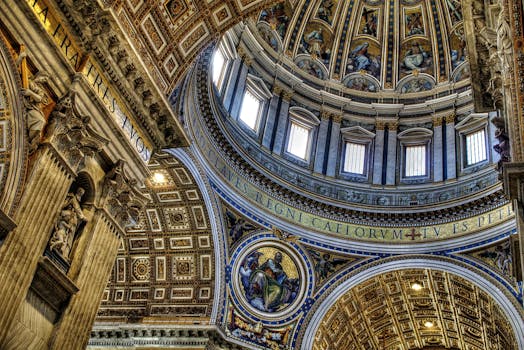
Traveling Through Time: How Europe’s Historical Heritage Shapes Modern Lifestyles in 2025
Traveling Through Time: How Europe’s Historical Heritage Shapes Modern Lifestyles in 2025. Europe, with its vast and diverse historical heritage, has always been a continent that seamlessly blends the old with the new. From the Colosseum in Rome to the Eiffel Tower in Paris, Europe’s historical landmarks have stood the test of time, continuing to inspire and influence modern lifestyles. In this article, we will explore how Europe’s historical heritage shapes modern lifestyles in 2025, and what this means for travelers and locals alike.
Introduction to Europe’s Historical Heritage
Europe’s historical heritage is a treasure trove of cultural, architectural, and artistic riches. The continent is home to some of the world’s most famous landmarks, including the Acropolis in Athens, the Roman Forum in Rome, and the Tower of London. These landmarks are not just relics of the past; they continue to play an active role in shaping modern lifestyles. From the food we eat to the clothes we wear, Europe’s historical heritage has a profound impact on the way we live our lives.
The Influence of Historical Heritage on Modern Lifestyles
So, how exactly does Europe’s historical heritage shape modern lifestyles? One way is through architecture. Many of Europe’s cities are designed around historical landmarks, with modern buildings and streets constructed to complement and preserve the old. This blend of old and new creates a unique and fascinating urban landscape, with ancient buildings standing alongside modern skyscrapers. In addition to architecture, Europe’s historical heritage also influences modern lifestyles through art and culture. The continent is home to some of the world’s most famous museums, including the Louvre in Paris and the Uffizi Gallery in Florence. These museums are not just repositories of historical artifacts; they are also hubs of modern artistic and cultural expression.
Traveling Through Time in Europe
For travelers, Europe offers a unique opportunity to travel through time. From the medieval streets of Prague to the Renaissance palaces of Venice, the continent is a treasure trove of historical landmarks and cultural attractions. Visitors can walk in the footsteps of history, exploring ancient ruins, attending cultural festivals, and sampling local cuisine. Whether you are interested in history, art, architecture, or food, Europe has something to offer. In 2025, travelers can expect to find a wide range of historical and cultural attractions, from virtual reality tours of ancient landmarks to interactive exhibitions showcasing the latest archaeological discoveries.
Conclusion
In conclusion, Europe’s historical heritage continues to shape modern lifestyles in 2025, from architecture to art and culture. The continent’s rich cultural and historical roots have created a unique and fascinating urban landscape, with ancient buildings standing alongside modern skyscrapers. For travelers, Europe offers a unique opportunity to travel through time, exploring historical landmarks, attending cultural festivals, and sampling local cuisine. Whether you are interested in history, art, architecture, or food, Europe has something to offer. So why not start planning your trip to Europe today, and discover how the continent’s historical heritage is shaping modern lifestyles in 2025?





